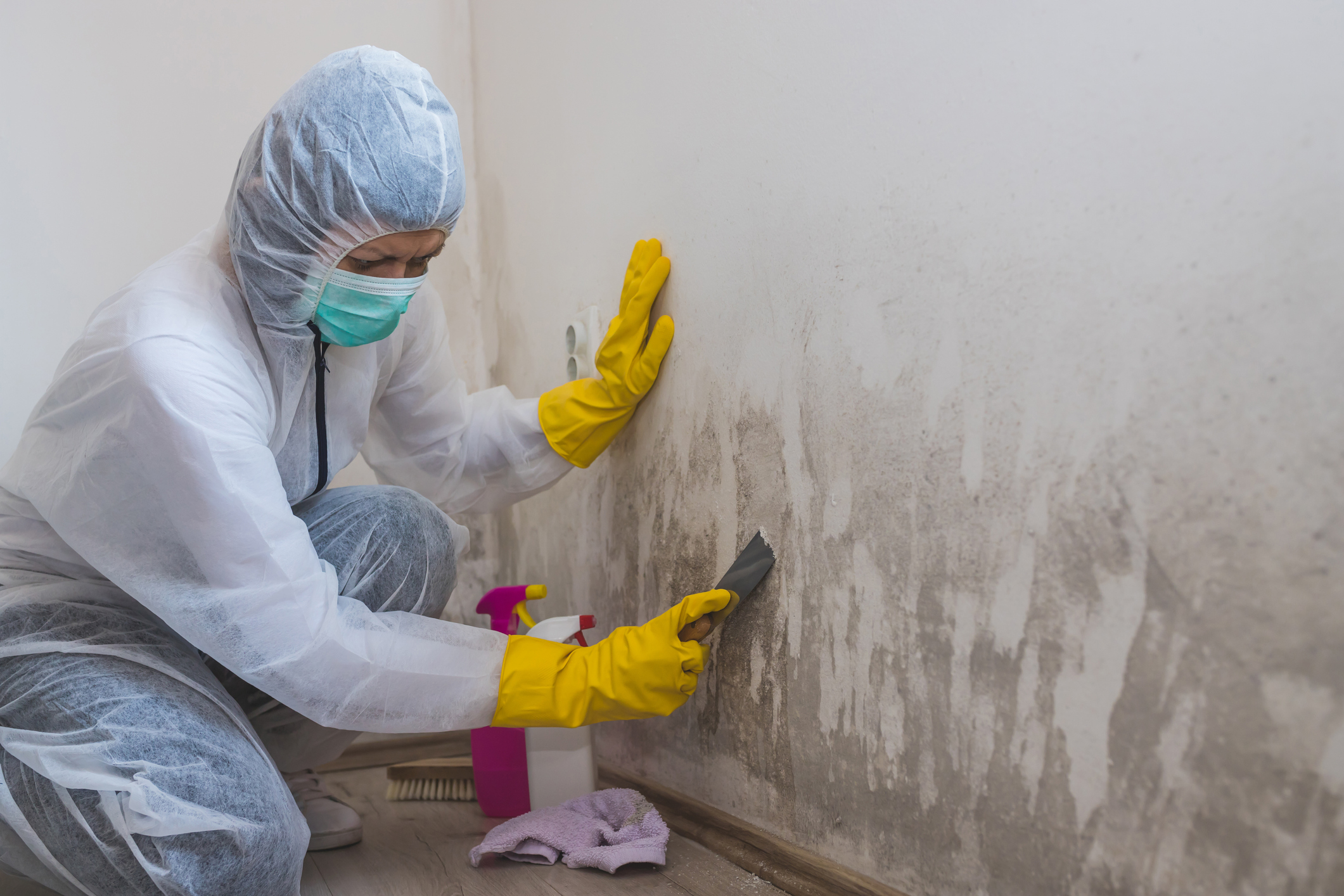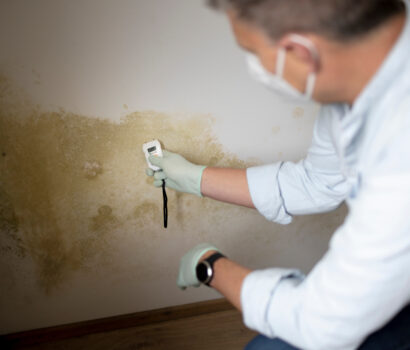Once you’ve had a mold inspection, and the mold has been detected, it’s time for mold remediation. Remediation is an extensive, in-depth process, and is best left to professionals who have been properly trained to deal with mold. Containment is an extremely important part of mold remediation, because if it’s not properly contained, mold can spread throughout the affected building. Preventing the spread of mold protects not only the building, but also the occupants and the remediators.
- How does mold spread? When mold infested areas are disturbed, airborne mold spores are disseminated into the air. Proper containment can control the spread of these spores while the remediation contractors are removing mold from the building. Without containment, the spaces near the work area can easily be contaminated with mold.
- There are two types of containment described in the mold remediation guidance provided by the Environmental Protection Agency (EPA). Typically, the size of the affected area will determine the level of containment required. However, heavier mold growth warrants a higher level of containment, even if the mold-affected area is small. A mold remediation specialist will be able to determine whether your property requires limited or full containment.
- Mold containment procedures include several different strategies. For instance, keeping the containment area under negative pressure prevents contaminated air from flowing into other areas of the building. This negative pressure can be achieved with a fan exhausted to the outside of the building. One or more layers of polyethylene sheeting can provide a mold containment barrier. There are many other methods of containing mold, including applying sticky-backed paper to a moldy area, for mold surface containment during removal.
- During the remediation process, contractors will use mold containment PPE. This limits their exposure to mold spores, particularly when doing things likely to stir up mold. Examples of actions that increase mold activity include breaking moldy porous materials like wallboard, using invasive procedures to address mold growth in wall cavities, stripping or peeling wallpaper, and using fans to dry items. These actions cause mold spores to become airborne, which increases the risk of respiratory exposure. The level of personal protective equipment (PPE) use depends on the level of mold growth.
- Minimum Requirement: gloves, N-95 respirator, goggles/eye protection
- For Limited Containment Projects: gloves, N-95 respirator or half-face respirator with HEPA filter, disposable overalls, goggles/eye protection
- For Full Containment Projects: gloves, disposable full body clothing, head gear, foot coverings, full-face respirator with HEPA filter
A microbial control company, Bactronix specializes in treatments against bacteria, viruses, mold, mildew, and odors. Our highly trained technicians are certified to analyze, measure, and treat a facility, and our treatments are non-invasive. The Bactronizing™ Process uses eco-responsible, hospital-grade, EPA-registered disinfecting products, which are highly effective against microorganisms and dangerous biofilm. These disinfectants are distributed with an advanced electrostatic spray system, and our process is backed by certification and a one-year warranty. For more information or to request a quote, call 412-375-7886, or contact us through our website.





